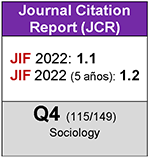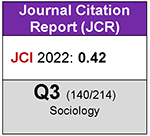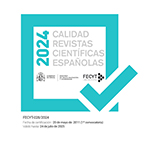The turnout bias in the Spanish electoral system
DOI:
https://doi.org/10.5477/cis/reis.126.107Keywords:
Electoral System, Electoral Districts, Turnout, Spain, Unión de Centro Democrático, General Elections, 1977, 1979Abstract
The manipulation of the Spanish electoral system carried out by the political elites that led the political transition has been proved by several studies. This manipulation moves through the existence of a large number of low-magnitude districts and its interaction with malapportionment, the Hondt formula and, above all, the variance effect of district magnitudes. In this paper I will discuss another bias that has not yet been studied by researchers, and which also paved the way for UCD victories: the turnout bias. I will show how the manipulation of the electoral system led UCD to win systematically in the districts where there was low turnout and how its opponents won in districts with high turnout. Therefore the «price» of the seats for UCD was lower. This bias has remained and it favours those parties that have support in the districts with low turnout which are, at the same time, more overrepresented.
Downloads
Downloads
Published
How to Cite
Issue
Section
License
Copyright (c) 2024 Revista Española de Investigaciones Sociológicas

This work is licensed under a Creative Commons Attribution-ShareAlike 4.0 International License.
Permite Compartir — copiar y redistribuir el material en cualquier medio o formato, Adaptar — remezclar, transformar y construir a partir del material para cualquier propósito, incluso comercialmente.








